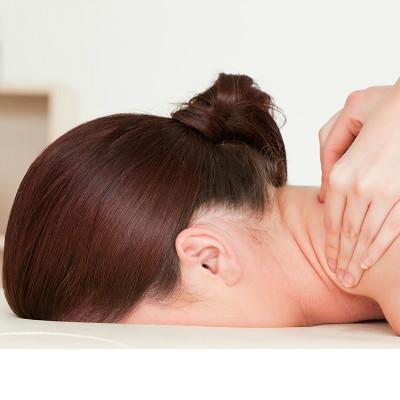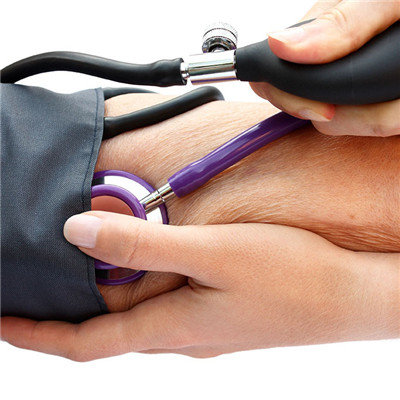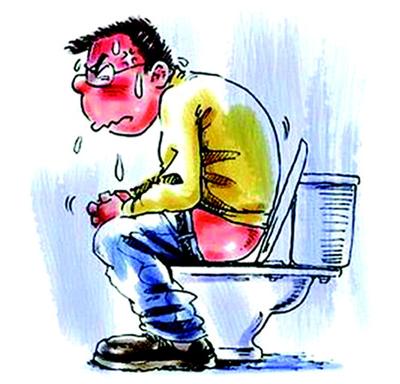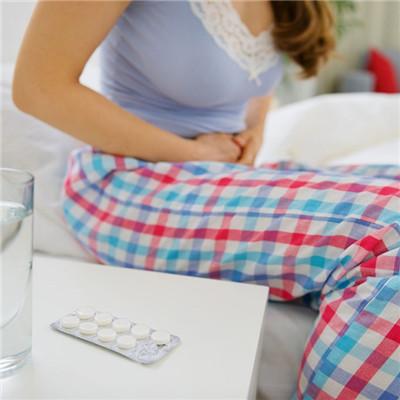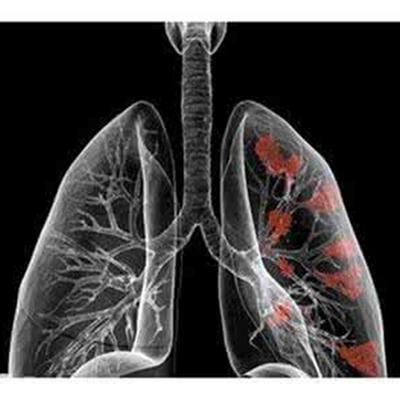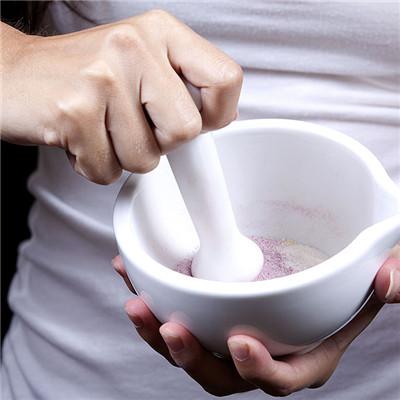Symptoms of hyperosteogeny
summary
The complex situation of bone hyperplasia must be clear to every patient. In many cases, it can occur in any part of our body. After the emergence of this disease, the impact on the lives of patients is very large. Now let's understand the symptoms of bone hyperplasia?
Symptoms of hyperosteogeny
Symptom 1: hyperosteogeny is a chronic and progressive joint disease, mainly involving the proximal and distal interphalangeal joints, spine, hip, knee and ankle joints of the hand, characterized by joint pain, degeneration and limited movement. Joint activity, especially when the weight-bearing pain intensified, after rest to reduce or alleviate.
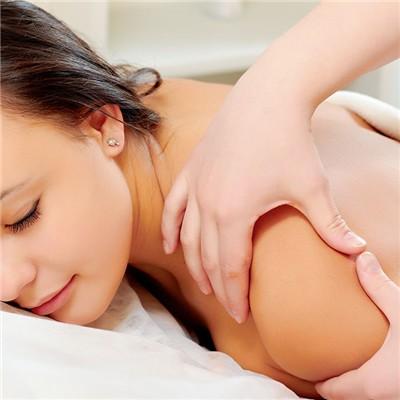
Symptom 2: lumbar hyperosteogeny: lumbar hyperosteogeny occurs in the third and fourth lumbar vertebrae. The early common clinical symptoms of patients were pain, distending pain, stiffness and fatigue of lumbar spine and lumbar soft tissue, and even limited bending. If the sciatic nerve is compressed, it can cause sciatic neuritis, such as severe numbness pain, burning pain, pumping pain, string pain, radiating to the whole lower limb. If the adjacent nerve root is compressed, it can cause corresponding symptoms, such as local pain, stiffness, posterior root neuralgia, numbness, etc.

Symptom 3: cervical vertebra hyperosteogeny: in the early stage, the patient can often feel a strong feeling in the neck, the neck activity is limited or there is a snapping sound during the activity, the pain often radiates to the shoulder and upper limbs, and the hands and fingers are numb, which can be aggravated by the neck activity. Severe cervical hyperosteogeny can also cause cervical hypertension, cardiovascular and cerebrovascular diseases, gastritis, angina pectoris, dysphagia, etc. Different lesions involved in different parts, there are different symptoms, late can lead to paralysis.

matters needing attention
To avoid damp, cold and other environmental factors stimulation, because these adverse environmental factors on joints, muscles, nerves and other tissues can induce inflammation. For example, patients who work in a fixed position for a long time should pay attention to changing their posture during the break.

